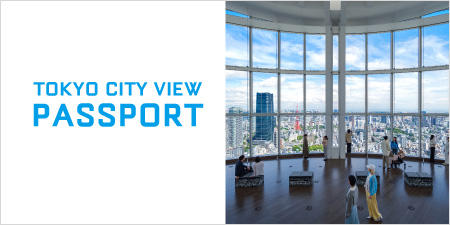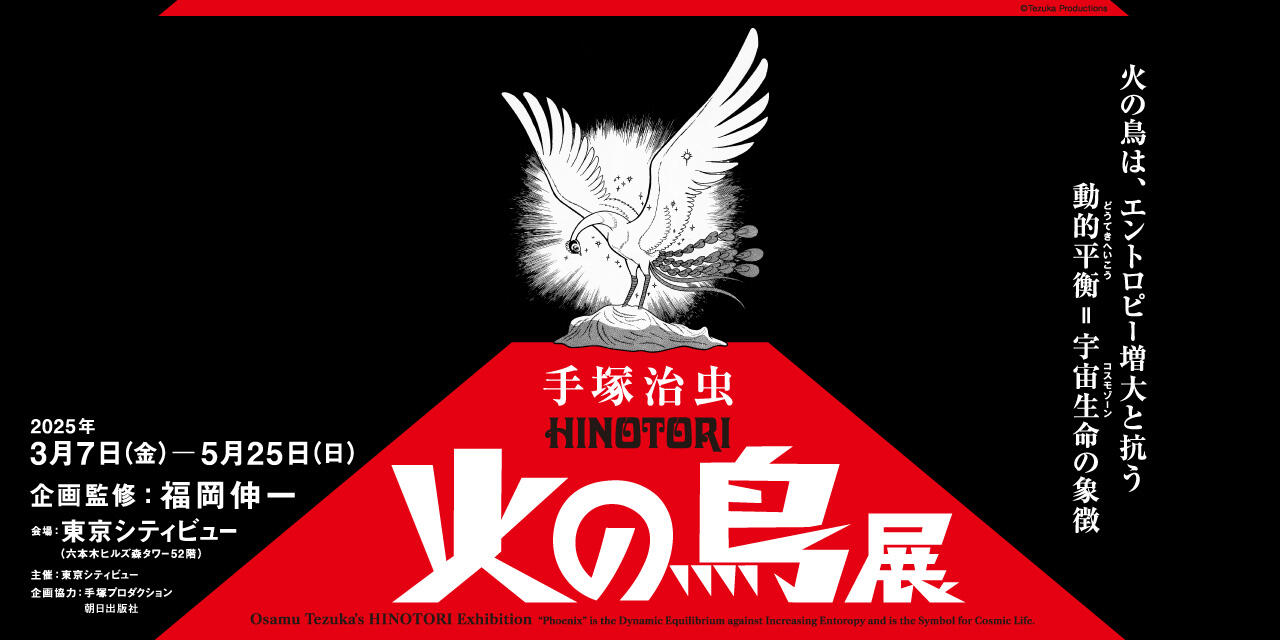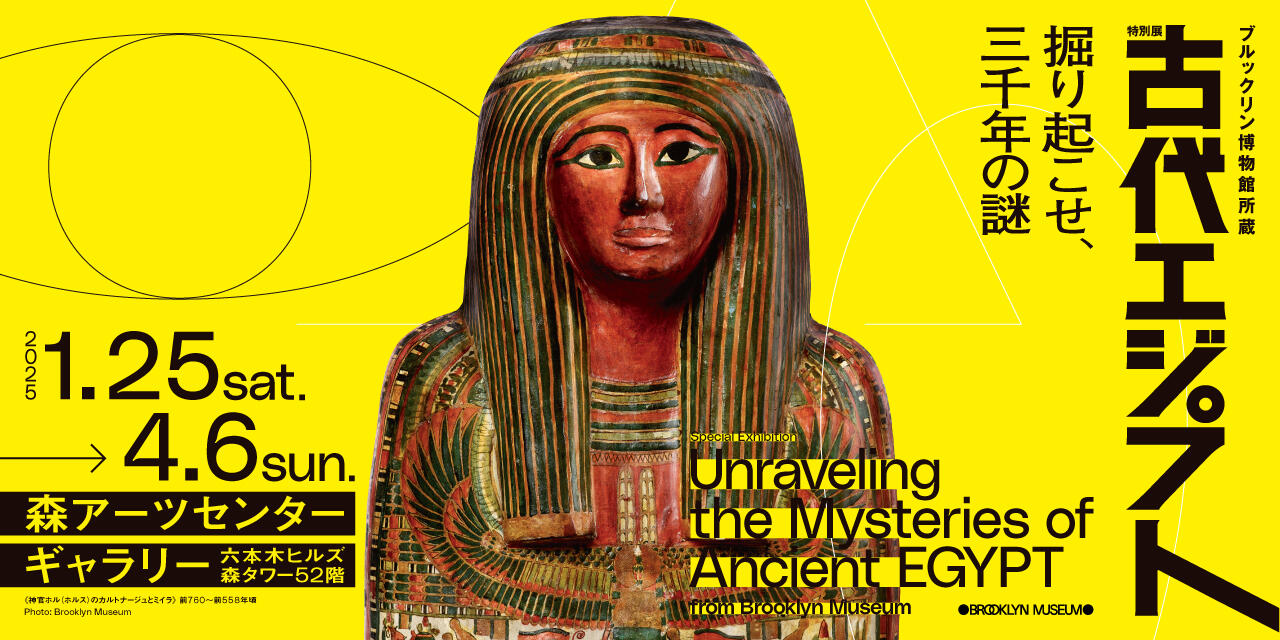City of Twilight
| Artist | : | Umetsu Yoichi (1982-) |
|---|---|---|
| Nationality | : | Japan |
| Year | : | 2019-2021 |
| Material | : | Ceramic |
| Size | : | 165 x 180 x 360 cm |
Beginning his career as a painter, Umetsu Yoichi received great acclaim for his series of self-portraits that critically assessed the development of modern Japanese painting since the second half of the nineteenth century. In addition to painting, his prolific practice encompasses filmed performances and, in recent years, ceramic works. Moreover, he is also active as a curator and writer, and runs a collective called Parplume. His recent major solo exhibitions include floating pollen (Aichi Prefectural Museum of Art, Japan, 2017) and Yoichi Umetsu: Pollinator (Watari Museum of Contemporary Art, Tokyo, 2021), while his group shows include Weavers of Worlds—A Century of Flux in Japanese Modern / Contemporary Art (Museum of Contemporary Art Tokyo, 2019) and Bubbles / Debris: Art of the Heisei Period 1989–2019 (Kyoto City KYOCERA Museum of Art, 2021).
City of Twilight comprises 143 ceramic objects arranged on a polygonal stand that resembles an ark. These rows of organically shaped objets with various glazes seem like an abandoned amusement park or a post-apocalyptic city. They include amorphous clods of fired clay, though many of the pieces reference specific motifs. The circle with holes like a lotus root, for instance, is inspired by the fictional planet Gamilas that appears in the anime series Space Battleship Yamato, which Umetsu watched as a child. Others offer glimpses of personal memories or his family history, such as parts of the Japanese aircraft carrier Kaga, which took part in the attack on Pearl Harbor in which his great uncle died. What these highly varied objets all share is their total lack of functionality as vessels. By rejecting the utility of crafts and pursuing objet as something to be viewed, Umetsu is here responding to Japanese contemporary ceramic art, including the postwar avant-garde ceramics that attempted to reframe ceramics as art. Umetsu has continued to develop his series of self-portraits that critique personal identity within the history of modern painting. In that respect, City of Twilight is another self-portrait in which layers of ceramic history and personal memory are immanent.
-

City of Twilight
2019-2021
Ceramic
165 x 180 x 360 cm
Photo: Imamura Yuji
Photo courtesy: Sokyo GalleryUmetsu YoichiCity of Twilight2019-2021
Ceramic
165 x 180 x 360 cm
Photo: Imamura Yuji
Photo courtesy: Sokyo Gallery
City of Twilight
| Artist | : | Umetsu Yoichi (1982-) |
|---|---|---|
| Nationality | : | Japan |
| Year | : | 2019-2021 |
| Material | : | Ceramic |
| Size | : | 165 x 180 x 360 cm |
Beginning his career as a painter, Umetsu Yoichi received great acclaim for his series of self-portraits that critically assessed the development of modern Japanese painting since the second half of the nineteenth century. In addition to painting, his prolific practice encompasses filmed performances and, in recent years, ceramic works. Moreover, he is also active as a curator and writer, and runs a collective called Parplume. His recent major solo exhibitions include floating pollen (Aichi Prefectural Museum of Art, Japan, 2017) and Yoichi Umetsu: Pollinator (Watari Museum of Contemporary Art, Tokyo, 2021), while his group shows include Weavers of Worlds—A Century of Flux in Japanese Modern / Contemporary Art (Museum of Contemporary Art Tokyo, 2019) and Bubbles / Debris: Art of the Heisei Period 1989–2019 (Kyoto City KYOCERA Museum of Art, 2021).
City of Twilight comprises 143 ceramic objects arranged on a polygonal stand that resembles an ark. These rows of organically shaped objets with various glazes seem like an abandoned amusement park or a post-apocalyptic city. They include amorphous clods of fired clay, though many of the pieces reference specific motifs. The circle with holes like a lotus root, for instance, is inspired by the fictional planet Gamilas that appears in the anime series Space Battleship Yamato, which Umetsu watched as a child. Others offer glimpses of personal memories or his family history, such as parts of the Japanese aircraft carrier Kaga, which took part in the attack on Pearl Harbor in which his great uncle died. What these highly varied objets all share is their total lack of functionality as vessels. By rejecting the utility of crafts and pursuing objet as something to be viewed, Umetsu is here responding to Japanese contemporary ceramic art, including the postwar avant-garde ceramics that attempted to reframe ceramics as art. Umetsu has continued to develop his series of self-portraits that critique personal identity within the history of modern painting. In that respect, City of Twilight is another self-portrait in which layers of ceramic history and personal memory are immanent.





